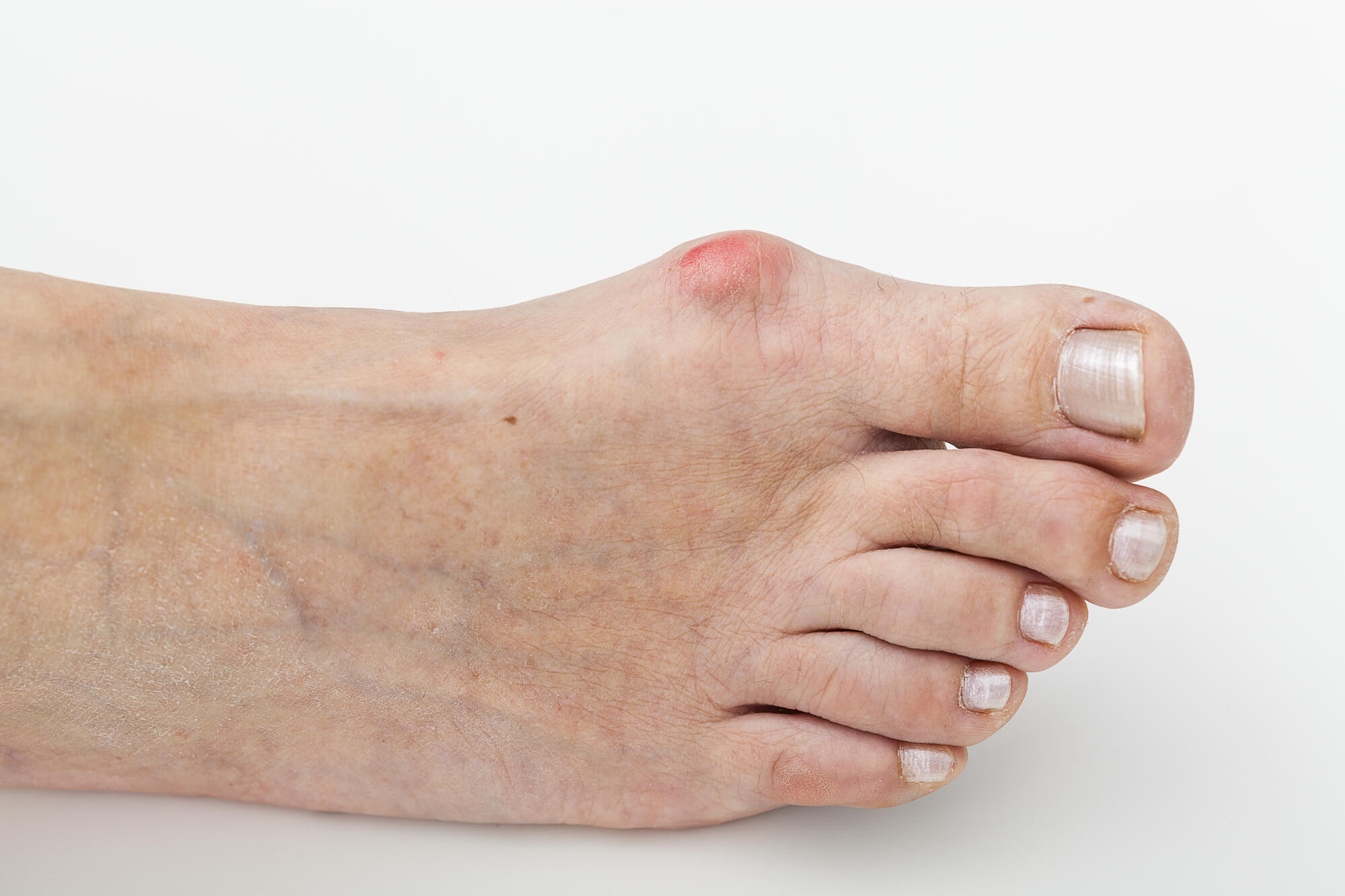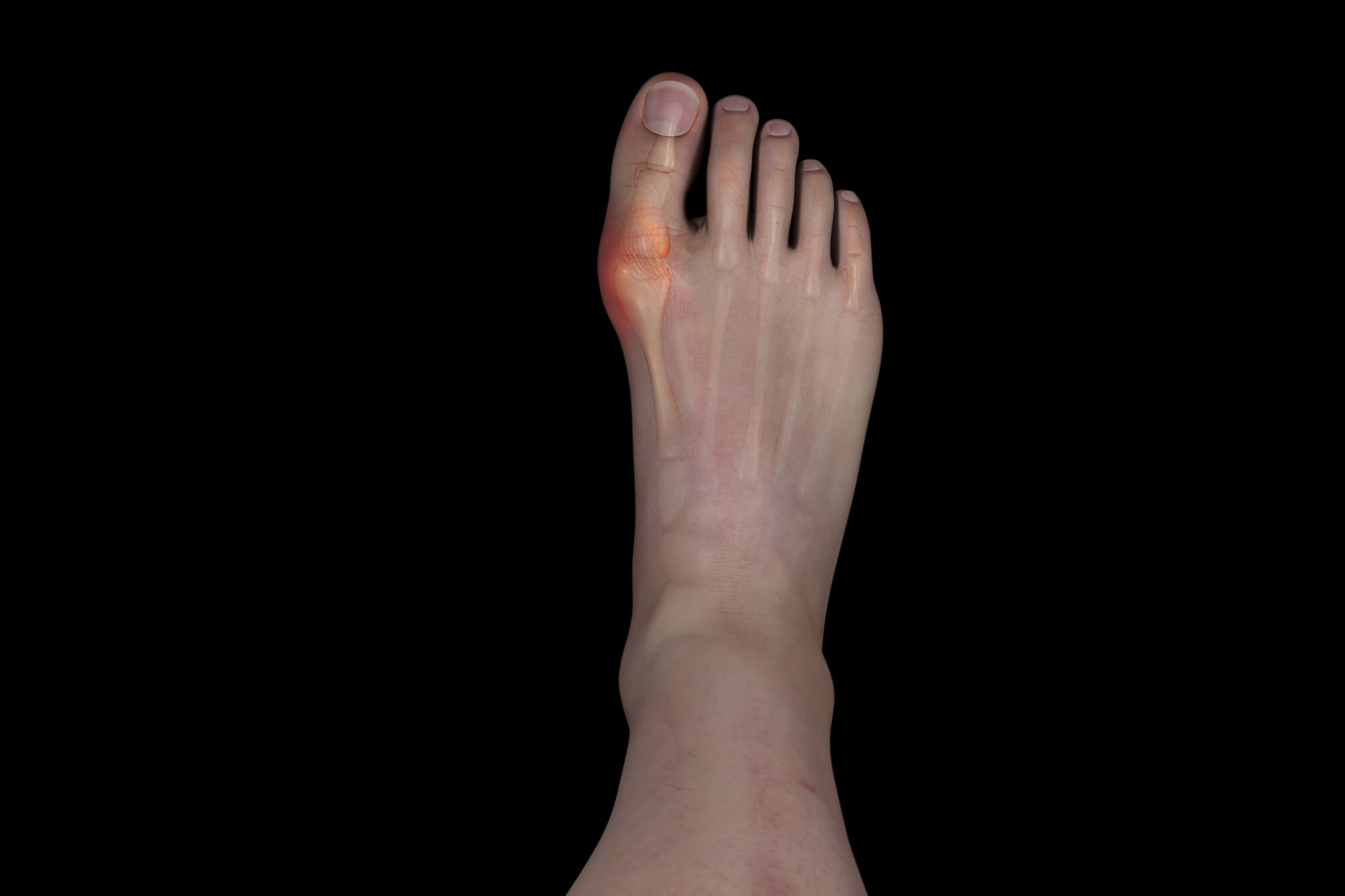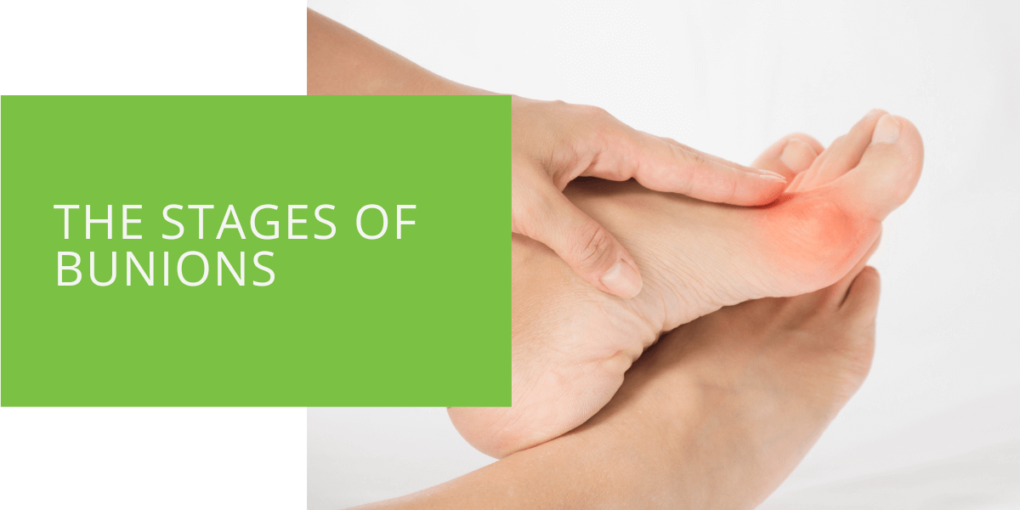The Stages of Bunions
Bunions are a common foot deformity that can cause pain, swelling, and difficulty walking. Bunions occur when the bone or tissue at the base of the big toe becomes misaligned, causing the toe to point towards the other toes on the foot. Various factors, including genetics, foot type, and certain types of footwear, can cause bunions. If you think you may have a bunion, it is important to see a podiatrist for an evaluation and to discuss treatment options. In this article, we will explore the stages of bunions, as well as the various available treatment options.
What are Bunions?
Bunions are a bony deformity that affects the big toe joint. They are caused by a misalignment of the bone or tissue at the base of the big toe, which causes the toe to point towards the other toes on the foot. Bunions can cause various symptoms, including pain, swelling, and difficulty walking. They can also make it difficult to find footwear that fits comfortably.

Stage 1: Mild Bunion
Symptoms
During the early stages of a bunion, the primary symptom is likely to be a bump on the side of the foot near the base of the big toe. This bump may be red and tender to the touch, and it may cause some discomfort when walking or wearing certain types of shoes. Other symptoms of a mild bunion may include slight pain or discomfort when walking or standing for long periods, swelling or redness around the big toe, and a feeling of tightness or pressure in the big toe.
Treatment
Mild bunions can often be treated with conservative measures, such as wearing wide, comfortable shoes or using bunion pads to reduce pressure on the bunion. Over-the-counter pain medications or ice packs may also help to alleviate discomfort. If these measures are ineffective in relieving symptoms, a podiatrist may recommend more specific treatments, such as custom orthotics or physical therapy.

Stage 2: Moderate Bunion
Symptoms
As a bunion progresses to the moderate stage, the bump on the side of the foot becomes more pronounced and may cause more significant pain and discomfort. Other symptoms of a moderate bunion may include increased pain or discomfort when walking or standing for long periods, swelling or redness around the big toe that is more pronounced than in the early stages of a bunion, a feeling of tightness or pressure in the big toe that is more severe than in the early stages, and difficulty finding shoes that fit comfortably.
Treatment
Moderate bunions may require more aggressive treatment than mild bunions. In addition to the conservative measures mentioned above, a podiatrist may recommend wearing special shoes or inserts to help alleviate pressure on the bunion. Physical therapy or other types of rehabilitation may also help relieve pain and improve mobility. In some cases, surgery may be necessary to correct a moderate bunion.
Stage 3: Severe Bunion
Symptoms
A severe bunion has progressed to the point where it is causing significant pain and difficulty walking. Symptoms of a severe bunion may include intense pain or discomfort when walking or standing for any length of time, swelling or redness around the big toe that is significantly pronounced, and a feeling of tightness or pressure in the big toe severe and constant.
Treatment
Severe bunions often require more aggressive treatment than mild or moderate bunions. In addition to the conservative measures and rehabilitation mentioned above, surgery may be necessary to correct the misalignment of the big toe. Several different types of surgery may be used to correct a severe bunion, and the most appropriate treatment will depend on the bunion's specific characteristics and the patient's overall health. Recovery from bunion surgery can take several weeks or months, and physical therapy may be necessary to help restore strength and mobility to the foot.

Preventing Bunions
Several steps can be taken to prevent bunions' development or an existing bunion from worsening. These include:
- Wearing shoes that fit properly and provide adequate support
- Avoiding high heels or shoes with narrow toes
- Stretching and strengthening the muscles in the feet
- Maintaining a healthy weight
By taking these preventive measures, it is possible to reduce the risk of developing bunions or to prevent the progression of an existing bunion.
Conclusion
Bunions are a common foot deformity that can cause pain, swelling, and difficulty walking. Various factors, including genetics, foot type, and certain types of footwear, can cause bunions. If you think you may have a bunion, it is important to see a podiatrist for an evaluation and to discuss treatment options. Treatment options for bunions may include conservative measures such as wearing wide, comfortable shoes or using bunion pads, rehabilitation such as physical therapy, or surgery in more severe cases. By taking preventive measures such as wearing properly fitting shoes and maintaining a healthy weight, it is possible to reduce the risk of developing bunions or prevent an existing bunion's progression.
FAQ
How quickly do bunions progress?
The speed at which bunions progress can vary greatly. Some bunions may progress slowly over the years, while others may progress more quickly. It is important to monitor any changes to your bunions and seek medical attention if you notice any sudden or significant changes.
How do you know if a bunion is severe?
A bunion is considered severe when it causes significant pain or interferes with your ability to walk or wear shoes comfortably. If you are experiencing significant pain or difficulty with everyday activities, it is important to speak to a healthcare professional about treatment options.
What causes bunions to get worse?
Several factors can contribute to the progression of bunions, including genetics, foot structure, and shoes that do not fit properly. Wearing high heels or shoes with a narrow toe box can also contribute to the progression of bunions.
How do you stop a bunion from progressing?
While it is not always possible to completely stop a bunion's progression, you can take steps to help slow its progression. These may include wearing properly fitting shoes, using bunion pads or other supportive devices, and performing stretches and exercises to help maintain proper foot alignment. In severe cases, surgery may be necessary to correct the deformity and alleviate symptoms. Speaking to a healthcare professional about the best treatment options for your specific case is important.

